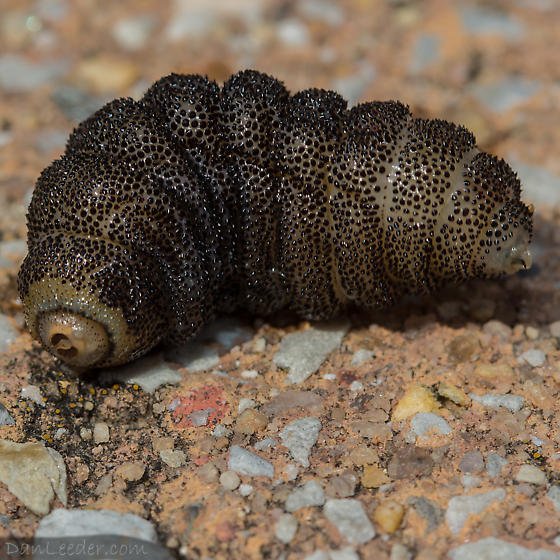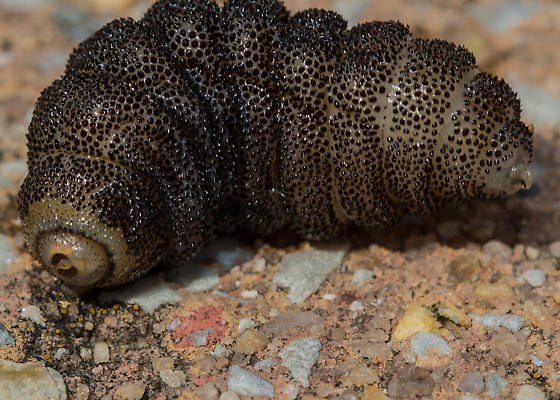
Let’s dig into the world of wolf worms. Understanding these unusual critters can help us appreciate the intricate balances in nature—especially the sometimes sinister role parasites play. So, grab a cup of coffee, and let’s talk about what wolf worms are and why they matter!
What Are Botflies and Their Larvae?
Botflies, scientifically known as *Oestridae*, are a family of flies that are often quite large and hairy. What really sets them apart, though, is their unique method of reproduction. Instead of laying eggs directly on their host, female botflies capture other insects, like mosquitoes, and deposit their eggs onto them. When the unlucky insect bites a mammal, the heat from the animal’s body triggers the eggs to hatch, releasing the larvae, or wolf worms, into the host’s skin.
These larvae have a pretty rough life. They burrow into the skin and start feeding on the host’s tissues, which sounds brutal, but it’s all part of their growth. They usually stay inside the host for a few weeks to months, slowly growing until they’re ready to exit and pupate into adult flies. It’s like they’re hidden little time bombs waiting to explode back into the world!
Where Do Wolf Worms Typically Infest?
While wolf worms can affect a variety of animals, they have a preference for mammals. Some common hosts include:
- Humans: Rarely, but it can happen in areas where botflies are common.
- Dogs and Cats: These pets are quite susceptible, especially in warmer climates.
- Livestock: Cattle, horses, and sheep can all fall victim to botfly larvae.
You might be wondering why some animals are more affected than others. The answer often lies in their habitat. Areas with warm weather and high insect populations, like tropical and subtropical regions, see more botfly activity. In these places, woolly animals like sheep are particularly prone to infestation, leading to more cases of wolf worms.
Signs of Wolf Worm Infestation
Detecting wolf worms in your pet or livestock can be tricky, especially since they often remain hidden beneath the skin. However, there are some signs to watch out for:
- Swelling: Infected areas may become swollen or raised, often resembling a boil.
- Foul Smell: As the larvae feed and the surrounding tissue breaks down, a noticeable odor might develop.
- Itching and Discomfort: Hosts often show signs of discomfort, such as scratching or chewing at the infected area.
If you notice any of these signs, it’s crucial to consult a veterinarian or a wildlife expert. Although wolf worms are not typically dangerous, they can cause significant discomfort and lead to infections if not treated properly.
How Do Wolf Worms Affect Their Hosts?
The impact of wolf worms on their hosts can vary widely. For some, especially healthy animals, the infestation might not cause severe harm. However, for others, particularly those already weakened by other health issues, it can lead to more serious problems.
Here’s what can happen:
1. **Tissue Damage:** As the larvae feed, they can destroy healthy tissue, leading to secondary infections.
2. **Abscess Formation:** The body might react to the larvae by creating an abscess, which can be painful and require drainage.
3. **Stress on the Immune System:** The presence of a parasite can put extra stress on the host’s immune system, leading to decreased overall health.
For humans, the symptoms can be similar but might also include localized pain or inflammation. While it’s rare to get wolf worms from botflies, it’s always important to stay aware of the potential risks, especially when traveling in endemic areas.
How to Treat and Remove Wolf Worms
If you suspect that a wolf worm infestation has occurred, treatment is essential to alleviate discomfort and prevent further complications. Here’s how the process typically goes:
1. **Consult a Vet:** Always start with professional help. A veterinarian will confirm the presence of the larvae and recommend the best course of action.
2. **Surgical Removal:** In most cases, the larvae must be surgically removed. This procedure is usually straightforward, but anesthesia may be required.
3. **Aftercare:** Following removal, the wound will need to be cleaned and monitored for any signs of infection. Your vet may prescribe antibiotics or anti-inflammatory medications.
While it’s easy to panic at the thought of wolf worms, remember that with the right care, most animals recover well.
Prevention Tips for Botfly Infestations
Preventing wolf worms is crucial, especially for pets and livestock. Here are some effective strategies:
- Regular Vet Checkups: Routine exams can catch early signs of infestation.
- Use Insect Repellents: Keeping insects at bay reduces the chance of botflies finding a host.
- Maintain Hygiene: Keeping living areas clean can help deter insects and reduce exposure.
Here’s the thing: prevention is often easier than dealing with an infestation. By being proactive, you can help shield your furry friends from these unwelcome parasites.
Wolf worms might sound like something out of a horror movie, but they’re simply a part of nature’s complex web. Understanding these creatures helps us appreciate the role of parasites in ecosystems and highlights the importance of maintaining animal health. While the idea of having botfly larvae might be unsettling, taking preventative measures and responding quickly to signs of infestation can make a world of difference.
So, next time you hear about wolf worms, you’ll know they’re not just creepy crawlers; they’re part of a larger story about survival, adaptation, and the intricate relationships between species. Nature can be wild, but that’s what makes it so fascinating!

